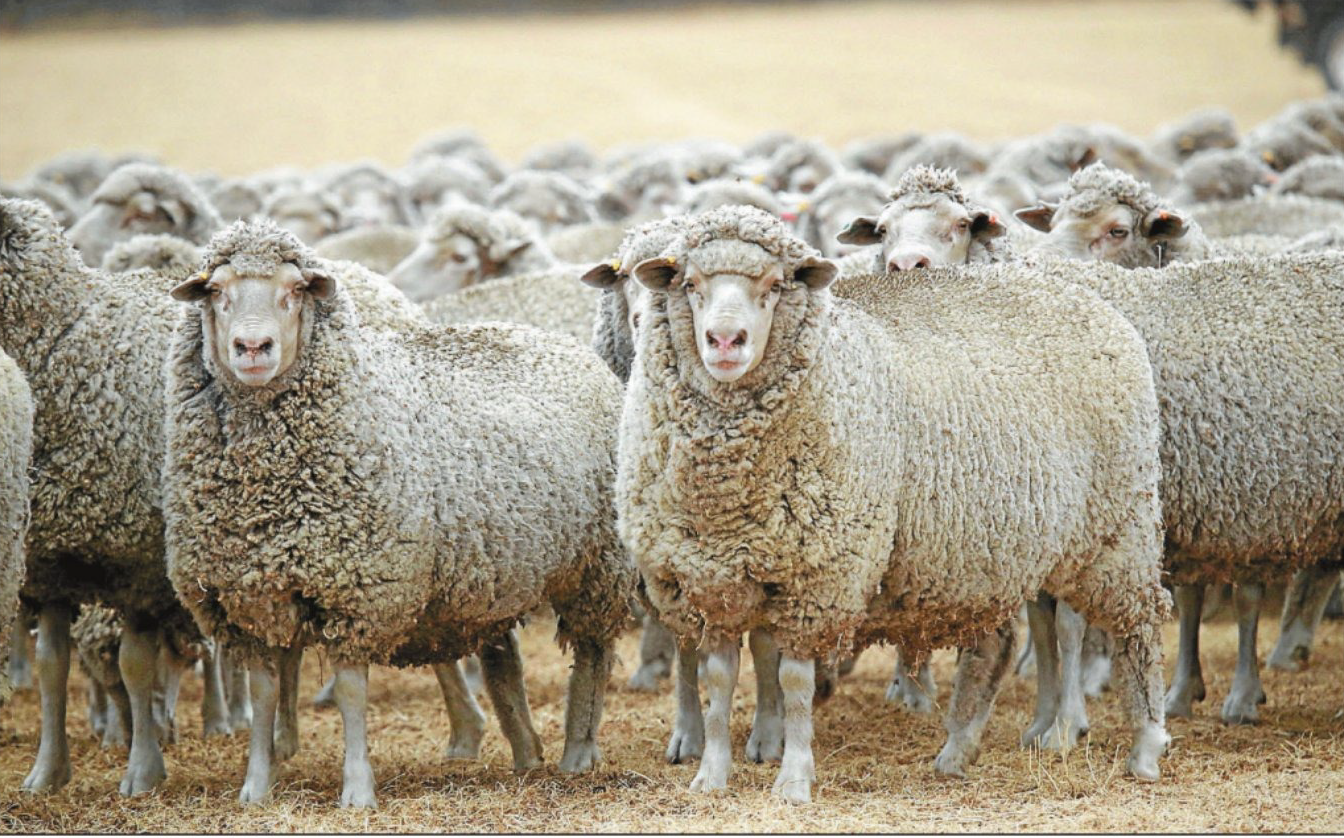History of the Dohne breed
DOHNE sheep have been ticking all the boxes since its inception in South Africa in 1939 and introduction to Australian in 1998.
The aim of the Dohne has been well defined, with the breeding objective to improve meat, wool and reproductive traits.
The initial cross was between a Peppin Merino and the German Mutton Merino. This was a “one-off” cross and progeny were interbred and selected for high fertility, rapid lamb growth, mothering abilities and the production of quality Merino wool.
In Australia the Dohne presented a perfect alternative for sheep producers. With emphasis on meat and wool traits, the true dual-purpose sheep had arrived. It provided an alternative to the fine or medium wool Merinos, and specialist prime lamb breeds or composites that have been traditionally used in sheep enterprises.
The maternal qualities of the Dohne ewe proved perfect for Australian conditions. They are survivors resilient and fertile. They are natural mothers who rear high performance lambs and produce quality apparel Merino wool.
Full pedigree, modern objective breeding techniques coupled with stringent subjective classing to maintain breed standards have been the foundation of the Dohne’s success. The following economic traits are recorded:
Ethically, as an apparel wool producer the Dohne stands alone with a natural bare breech eliminating the need for mulesing.
The Australian breed society, formed in 2000, has overseen the breed’s recognition as a modern, mulse-free, plain-bodied, productive, profitable and adaptive sheep breed for the Australian farmer.
The Dohne is known for its subjective and objective benefits, high fertility, rapid growth rates, hardiness, quality apparel wool, bare breech and ASBVs.
Its rigid compliance data collection system is the pinnacle of performance recording, the benchmark for sheep breeds. The influence the Dohne has had in changing the course, make and shape of the Australian sheep is profound. The Dohne has performed where expected in the Balmoral Merino Lifetime Productivity trial, trait leading in:
The popularity of the breed has seen the Dohne spread to the South Americas, New Zealand, Russia, North America and China.











 Facebook
Facebook YouTube
YouTube Instagram
Instagram